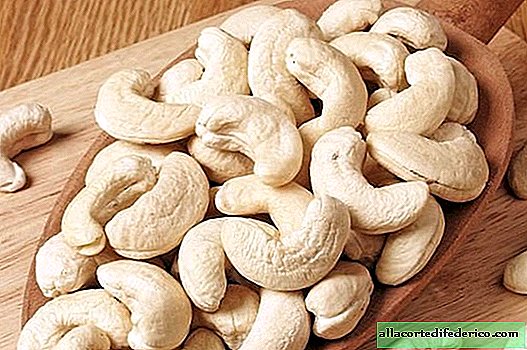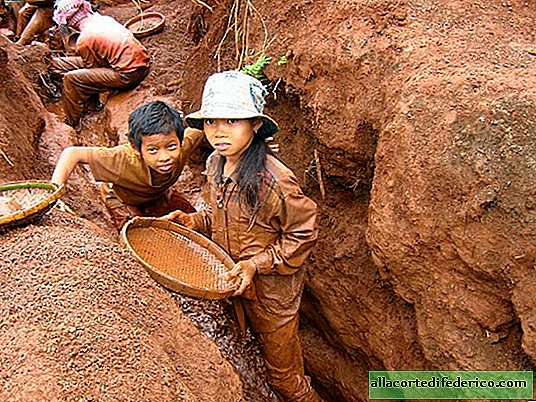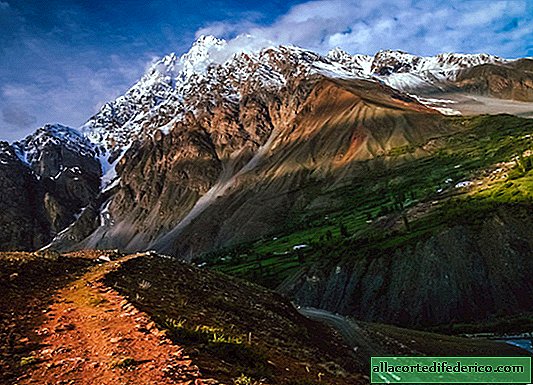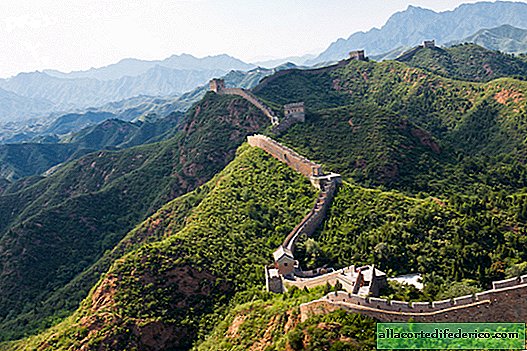What is the collection of cashews: at what price do the people of India get their favorite nut
Cashew is a well-known and beloved by many product, the less common name of which is Indian nut. The birthplace of the cashew tree is Brazil, but subsequently the plants were brought to India, Africa, Indonesia, Vietnam and other countries. Today, this nut is grown even in Azerbaijan and Iran. The largest suppliers are Vietnam, Nigeria and India. In the latter, by the way, we will now take our virtual journey to see exactly how the inhabitants of the plantations work.

Everyone knows what cashews look like, but few have an idea of how it grows and how it is received. Meanwhile, these nuts grow on tall trees and have a large stalk resembling a pear.

The core itself is in a hard shell, which must first be cracked. However, it is very toxic, since it contains substances such as anacardic acid and cardol. In contact with the skin, they are able to leave severe burns.

At cashew processing farms in India, the number of workers reaches 500 thousand. As a rule, these are women whose age varies from very young 13-year-olds to much more adult representatives, who are over 50.

There are no machines and automated conveyors here - completely manual labor. However, the employees' salaries are small and depend on the weight of the nuts they peeled - they get about £ 2.15 per day, which is equivalent to about 180 rubles. To make the largest possible volume, women most often get rid of uncomfortable gloves and work with poisonous fruits with their bare hands. Cashew's hard shell is opened either with a special tool or with a knife, or even with an ordinary stone.























